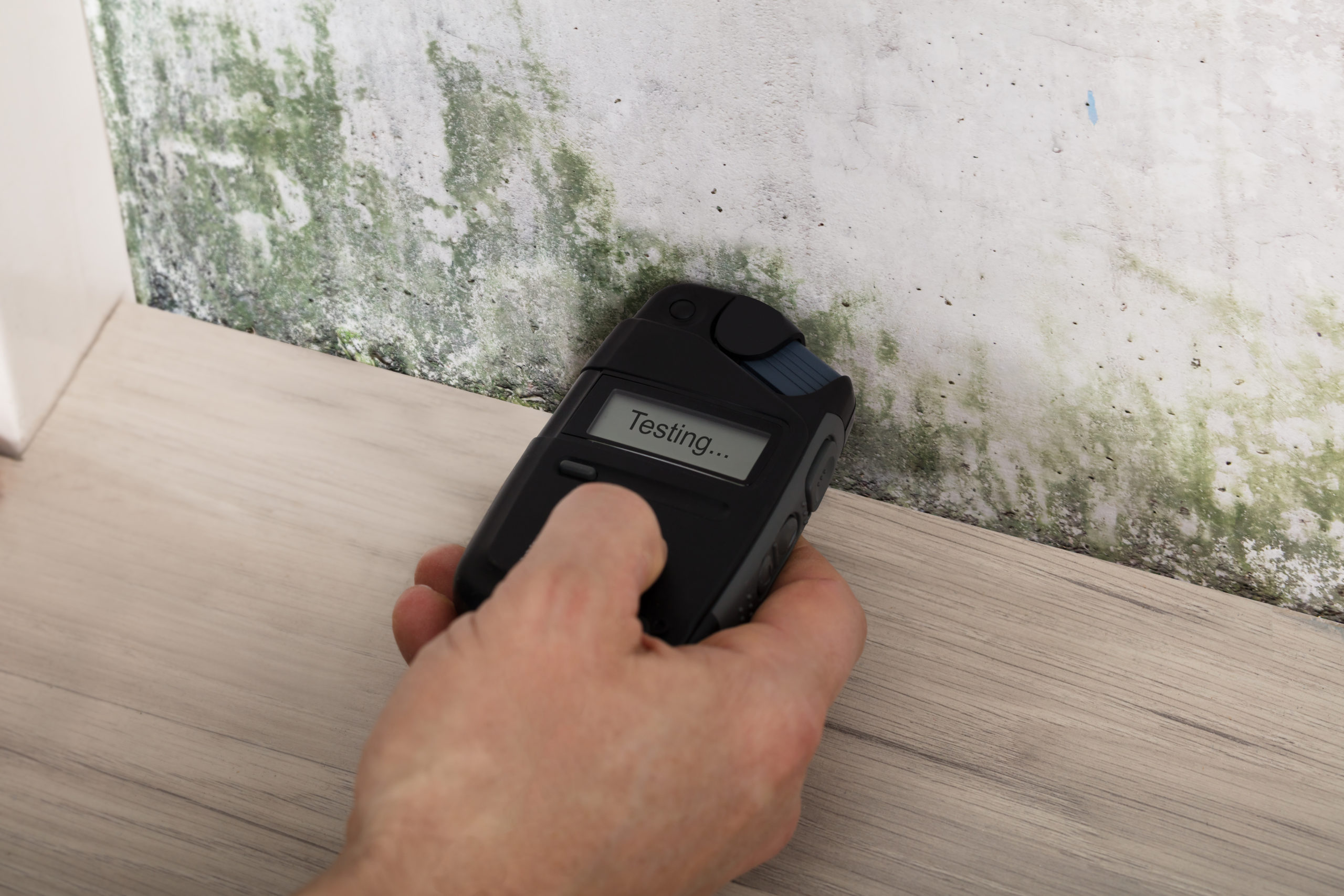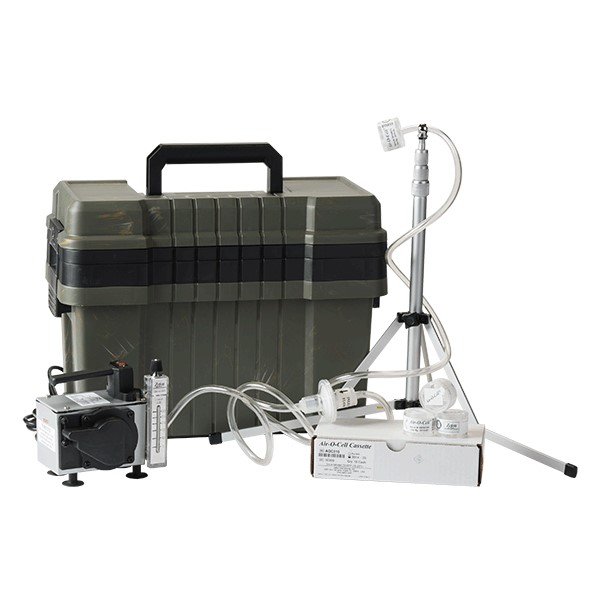
Air Quality & Mold Testing

Mold is a common issue in many homes, and it can cause a variety of health problems, including allergies, respiratory issues, mol can also cause damages to buildings and furnishings, molds can rot wood, damage drywall, and eventually cause structural damage. During a mold test, a professional inspector will take samples from different areas of the home to check for the presence of mold spores. These samples are then sent to a laboratory for analysis. If mold is found, the inspector can help identify the source and recommend steps to remove it.
Complete vs. limited mold inspection differences
Complete mold inspection includes gathering mold samples, measuring moisture, temperature, and humidity, and visually inspecting the entire building, its systems, and its parts.
Limited inspection for mold. An IAC2-certified mold inspector conducts the Limited Mold Inspection. A visual inspection of the entire building is not included in the Limited Mold Inspection; instead, it is restricted to a particular section of the building that the inspector has designated and defined.
Sampling the air
Mold air sampling is a method used to test the air in a home or building for the presence of mold spores. During a mold air sampling, a professional inspector will use a specialized air pump to collect air samples from different areas of the home. Typically, I take two external air samples of the highest quality and at least one indoor sample.

Surface sampling
Mold surface sampling is a method used to test for the presence of mold on surfaces in a home or building. During a mold surface sampling, a professional inspector will collect samples from different surfaces, such as walls, floors, and ceilings, using a swab or tape. The samples are then sent to a laboratory for analysis to determine the type and amount of mold present.
Bulk Sampling
Mold bulk sampling is a method used to test for the presence of mold in materials such as drywall, insulation, or carpet. During a mold bulk sampling, a professional inspector will collect a small piece of the material and send it to a laboratory for analysis to determine the type and amount of mold present
Air quality testing: Poor air quality can also have a negative impact on health, especially for those with allergies, asthma, or other respiratory issues. During an air quality test, a professional inspector will measure the levels of various pollutants in the home, such as carbon monoxide, radon, volatile organic compounds (VOCs), and more. Based on the results of the test, the inspector can recommend steps to improve indoor air quality and reduce exposure to these pollutants.
Both mold and air quality testing can provide valuable insights into the condition of a home and help homeowners take steps to improve their health and well-being. If you have concerns about mold or indoor air quality in your home, consider scheduling a professional inspection to identify any potential issues and get recommendations for improvement.
Don’t skip this important step– schedule a mold inspection today to ensure that you’re well-informed and that your home is safe and functional. Contact us now to schedule your inspection!